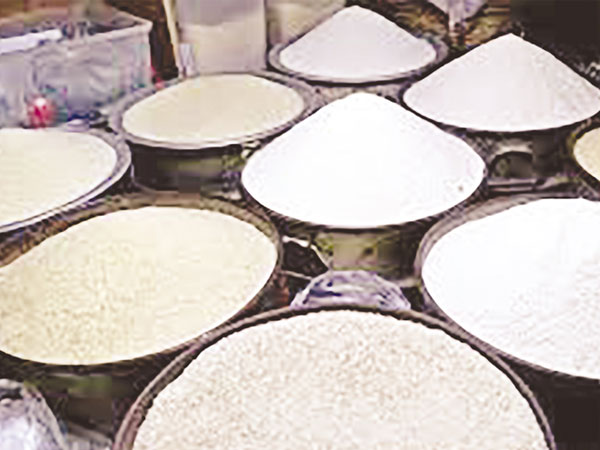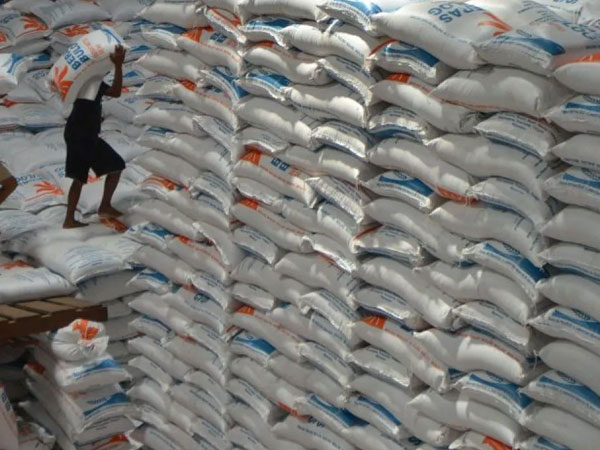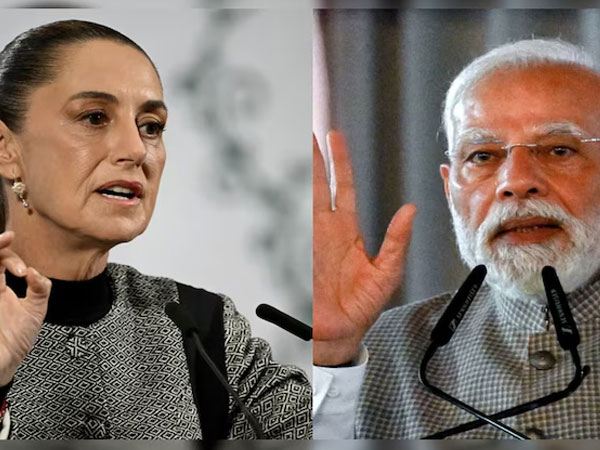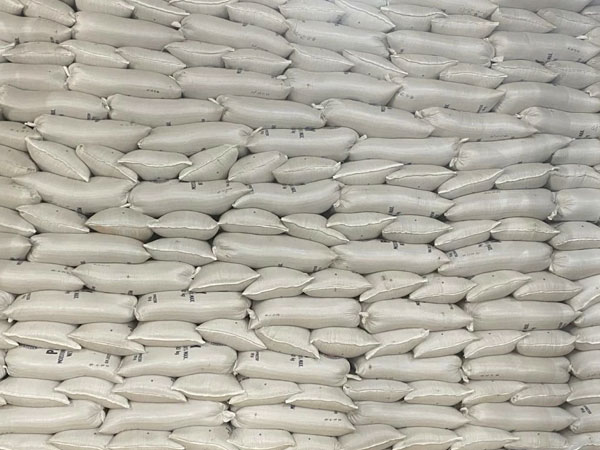 In a country where the average household's diet depends overwhelmingly on rice, its price is more than an economic signal; it is a barometer of political stability, social equity, and the state's administrative competence.
In a country where the average household's diet depends overwhelmingly on rice, its price is more than an economic signal; it is a barometer of political stability, social equity, and the state's administrative competence.
Over the past year, the prices of rice, the main staple, has confounded expectations. Despite bumper harvests, record government reserves, and no visible supply disruptions, rice prices have refused to fall. Indeed, they have climbed steadily, leaving millions of households -- particularly the middle class -- squeezed between stagnant incomes and swelling grocery bills. For a nation that takes pride in its green fields overflowing with paddy, this paradox is galling.
At the root of the problem lies a contradiction. Bangladesh currently holds more than 2.1 million (m) tonnes of food grains in public warehouses, the largest stockpile in its history. Boro production this year exceeded targets, with nearly 22.2m tonnes harvested. Farmers in the haor wetlands even reported yields surpassing expectations. By any rational measure, the country is awash with rice.
Yet in the markets of Dhaka, the story is different. Shoppers find that even the cheapest coarse rice costs Tk 52 per kilogram, while premium varieties such as Miniket and Nazirshail sell for Tk 72-78. Middle-class families report that a tolerable quality of rice is now unobtainable for less than Tk 65. The lower-income groups, meanwhile, have been partially shielded -- at least temporarily -- by government distribution schemes that provide subsidised rice at Tk 15-30. The middle class, excluded from such programmes, is left stranded.
This divergence is politically sensitive. Successive Bangladeshi governments have prided themselves on protecting the poor through safety nets. But the middle class, often invisible in social policy, bears the brunt of market failures. They cannot queue for subsidised food without stigma, nor can they absorb price hikes indefinitely. Their plight is less visible than the hungry poor, yet politically potent: middle-class frustration has historically been a driver of protest.
Ask a farmer, a miller, a wholesaler, or a retailer, and you will hear the same refrain: it is the other fellow's fault. Farmers claim they sell at reasonable rates, only to see prices mysteriously rise by the time rice reaches the urban consumer. Millers insist they deliver at government-set prices at the mill gate. Wholesalers point fingers at retailers. Retailers protest that they merely pass on costs.
The blame game disguises a more uncomfortable truth: the rice supply chain is riddled with middlemen and opaque practices, leaving plenty of room for manipulation. Illegal hoarding is widespread. Licensed warehouses, meant to hold limited amounts for limited durations, are routinely stuffed with several times the permitted quantity, kept far longer than regulations allow. These practices, technically criminal, are seldom prosecuted. Weak monitoring by local administrations allows syndicates to engineer artificial scarcity.
In a textbook market, abundant supply should drive prices down. In Bangladesh's rice economy, intermediaries intervene to prevent that outcome. Each layer of the chain -- farmer to wholesaler to miller to retailer -- extracts its margin. Hoarders stockpile during harvest seasons, drip-feeding rice back into the market when prices are higher. The result is a disconnection between supply and price: a bumper crop does not translate into affordable meals.
Global rice prices add another twist. On international exchanges, prices have softened in recent months, reflecting good harvests in India, Vietnam, and Thailand. Yet Bangladesh's domestic prices have risen, defying the logic of trade. This mismatch is partly structural: Bangladesh imports relatively little rice in normal years, relying overwhelmingly on domestic production. But it also reflects inefficiency and distortion. Rather than stabilising the domestic market through judicious imports or exports, policymakers have vacillated. Traders, sensing uncertainty, exploit the gap.
Rice prices in Bangladesh are not merely a question of economics; they are a matter of political legitimacy. Successive governments, mindful of the food riots of 2008, have treated rice stability as sacrosanct. Subsidised schemes for the poor are meant to guarantee minimum social peace. Yet these very schemes deepen the sense of exclusion among the middle classes, who pay taxes but receive no relief.
For the interim government, the present spike is doubly awkward. On the one hand, officials boast of "record reserves" and "assured food security". On the other, citizens ask: if there is so much rice in the warehouses, why are prices so high in the bazaar? The contradiction corrodes public trust.
The most visible consequence is the squeeze on middle-class families in urban centres. A salaried employee in Dhaka may find that after rent, utilities, and school fees, little remains for food. When even basic rice carries an odour or costs more than Tk 65, the sense of decline is sharp. Unlike the very poor, these families are not accustomed to government relief. Unlike the very rich, they cannot insulate themselves from inflation. Their quiet misery seldom makes headlines, but it shapes political sentiment.
There are other losers, too. Farmers, paradoxically, often fail to benefit from higher consumer prices. By the time rice filters through the chain of middlemen, the added value accrues to traders, not cultivators. The farmer still sells paddy at modest rates; the consumer still pays dearly. The spread between farmgate and retail price is the syndicate's gain.
Economists point to three urgent interventions. First, regulatory enforcement: anti-hoarding laws exist on paper, but are rarely enforced. If warehouses were compelled to respect storage limits, artificial scarcity would ease. Second, market transparency: publishing real-time data on stocks, flows, and prices would reduce the opacity that allows manipulation. Digital tracking systems could help. Third, inclusive relief: safety nets need not extend subsidies to the wealthy, but some mechanism -- perhaps vouchers or targeted cash transfers -- could cushion the middle class during abnormal spikes.
Above all, the state must reassert its role as guarantor of food stability. In Bangladesh, rice is too important to be left to syndicates.
The government feels tempted to shrug off. After all, the poor are protected, reserves are ample, and global markets are calm. Why fret? Yet such complacency is dangerous. A prolonged period of high rice prices erodes confidence not just in markets but in governance. Citizens may begin to believe that syndicates, not the state, set the rules of the game.
Bangladesh's success in reducing poverty over the past two decades was built partly on affordable rice. If that foundation cracks, social progress could stall.
The abnormal hike in rice prices in Bangladesh is not a story of scarcity, but of distortion -- of laws unenforced, markets manipulated, and middle classes overlooked. The fields have yielded generously; the warehouses are full. Yet the plate of the ordinary Bangladeshi is emptier than it should be.
Unless regulators act decisively to curb hoarding, enforce transparency, and extend relief beyond the poorest, the simmering discontent of the middle class may boil over. Rice is more than a meal; it is the litmus test of the social contract. And right now, that contract looks worryingly frayed.














© Copyright 2025 The SSResource Media.
All rights reserved.